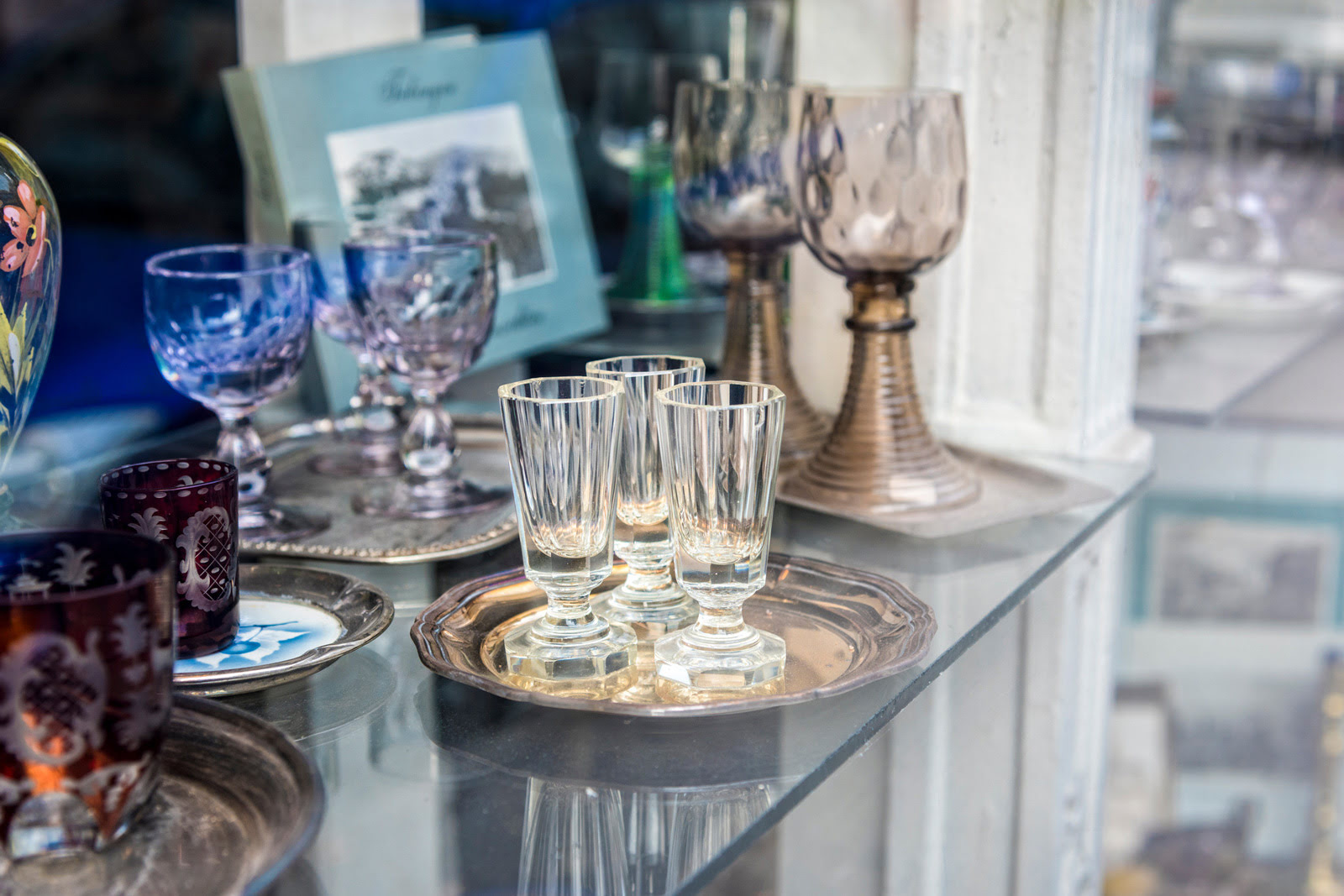

Tableware
What Is Fostoria Glassware Worth
Modified: February 6, 2024
Discover the value of Fostoria Glassware worth today. Explore the market prices for this exquisite tableware and make informed buying or selling decisions.
(Many of the links in this article redirect to a specific reviewed product. Your purchase of these products through affiliate links helps to generate commission for Storables.com, at no extra cost. Learn more)
Introduction
Welcome to the world of Fostoria glassware, where elegance meets craftsmanship. Fostoria glassware has long been cherished for its exquisite beauty and timeless appeal. Whether you are a collector or simply looking to add a touch of sophistication to your table, understanding the value of Fostoria glassware is essential.
With a rich history spanning over a century, Fostoria glassware has captured the hearts of enthusiasts and collectors around the world. From delicate stemware to intricately designed serving pieces, Fostoria glassware is known for its superior quality and attention to detail.
In this article, we will explore the factors to consider when determining the value of Fostoria glassware. We will delve into popular Fostoria glassware patterns, how to evaluate the condition of your pieces, and provide insights into pricing and valuation. Whether you are curious about the worth of your own Fostoria glassware or are interested in collecting or selling, this article will serve as your comprehensive guide.
So, grab a cup of tea or coffee and join us as we embark on a journey through the enchanting world of Fostoria glassware. Let us uncover the secrets that make it so unique and discover the value that lies within these exquisite pieces of tableware.
Key Takeaways:
- Understanding the value of Fostoria glassware involves considering factors such as rarity, pattern popularity, condition, and market demand. Thorough research and assessment are essential for accurate valuation.
- Whether collecting or selling Fostoria glassware, educating oneself, networking with fellow enthusiasts, and prioritizing authenticity and condition are crucial for a rewarding and enriching experience in the world of exquisite glassware.
Read more: Which Glassware Is Worth Money
Brief History of Fostoria Glassware
Fostoria Glass Company, founded in Fostoria, Ohio, in 1887, quickly became renowned for its exceptional glassware. From its early years, the company focused on creating elegant and high-quality glassware that appealed to a discerning clientele.
In the early 20th century, Fostoria Glass Company experienced a boom in popularity. Under the leadership of Frank M. Fenton, the company introduced a wide range of innovative and stylish glassware patterns, solidifying its reputation as a leader in the industry.
Throughout the 1920s and 1930s, Fostoria Glass Company continued to expand its product lines, offering a variety of tableware, including stemware, bowls, plates, and decorative pieces. The company’s glassware embodied a blend of classic designs and modern aesthetics, making it a favorite among both homemakers and collectors.
During World War II, Fostoria Glass Company shifted its production to focus on creating military glassware items, such as technical lenses and cockpit canopy lenses. This transition allowed the company to contribute to the war effort while maintaining its commitment to craftsmanship and quality.
However, in the post-war years, the demand for fine glassware began to decline. The rise of more affordable mass-produced glassware and changing consumer preferences presented challenges for Fostoria Glass Company. Sadly, the company could not sustain the declining market, and it ceased production in 1986.
Despite its closure, the legacy of Fostoria glassware lives on. Its reputation for exquisite design, intricate patterns, and skilled craftsmanship continues to captivate collectors and enthusiasts worldwide. Today, Fostoria glassware is highly sought after, cherished for its beauty, and considered a valuable addition to any collection.
Factors to Consider in Determining Value
When determining the value of Fostoria glassware, there are several factors to take into account. Understanding these factors will help you assess the worth of your pieces accurately.
1. Rareness: The rarity of a specific Fostoria glassware pattern or piece greatly influences its value. Limited production runs, discontinued patterns, or unique color variations can significantly increase the desirability and, subsequently, the value of the glassware.
2. Pattern: Fostoria glassware is well-known for its diverse range of patterns, each with its own distinct characteristics. Some patterns, such as American, Fairfax, or Navarre, are highly sought after by collectors and can command a higher price. The popularity and collectibility of a pattern will impact its value.
3. Condition: The condition of the glassware is crucial in determining its value. Pieces that are free from chips, cracks, or scratches and have minimal wear will generally be more valuable. Meticulously cared-for glassware, with vibrant colors and crisp patterns, holds a higher appeal to collectors.
4. Age: While Fostoria glassware was produced for over a century, the age of a piece can affect its value. Older pieces, especially those from the early 20th century or earlier, can be more valuable due to their rarity and historical significance.
5. Market Demand: The current demand for Fostoria glassware in the market plays a role in determining its value. Patterns and pieces that are highly sought after by collectors or have a niche market following may command higher prices.
6. Provenance: The documented history and provenance of a piece can add value. Pieces with a noteworthy or well-documented past, such as celebrity ownership or exhibition in prominent collections, can carry a higher price tag.
It is important to note that the value of Fostoria glassware can fluctuate based on market trends and collector preferences. Keeping a pulse on the market and consulting expert opinions can provide valuable insights into the current valuation of your glassware.
By considering these factors and assessing your glassware with a discerning eye, you can gain a better understanding of the value that each piece holds. Whether you are looking to sell, collect, or simply appreciate the beauty of your Fostoria glassware, these considerations will guide you in making informed decisions.
Popular Fostoria Glassware Patterns
Fostoria glassware was known for its wide variety of patterns, each with its own unique charm and style. Here are some of the most popular and collectible patterns that have captivated collectors over the years:
1. American: One of Fostoria’s most iconic and enduring patterns, American was introduced in 1915 and remained in production until the company closed. This pattern features a simple, elegant design with a pressed glass diamond pattern, showcasing Fostoria’s exceptional craftsmanship.
2. Fairfax: Introduced in the late 1920s, the Fairfax pattern exudes Art Deco elegance with its geometric shapes and vertical ribbing. This pattern became incredibly popular and continued to be produced until 1944, making it a favorite among collectors today.
3. Navarre: Navarre is known for its exquisite etched floral design, which adds a touch of sophistication and intricacy to the glassware. Introduced in 1936, this pattern gained popularity for its stunning beauty and delicate details.
4. Colony: With its graceful swirl design, Colony was an instant hit when it was introduced in 1940. This pattern features a series of swirling motifs that give the glassware a sense of movement and elegance.
5. Versailles: Versailles is characterized by its ornate etched design of flowers and scrolling vines. Introduced in 1928, this pattern showcases the artistry and attention to detail that Fostoria was known for.
6. Coin Glass: This unique pattern features a raised coin-like design on the glassware, giving it a distinctive and tactile appeal. Coin Glass was introduced in the 1950s and became a favorite among collectors who appreciate its artistic and textured look.
7. Chintz: Chintz is beloved for its delicate floral pattern, typically etched onto clear glassware. Introduced in the 1940s, this pattern exudes a timeless charm that continues to captivate collectors today.
These are just a few examples of the popular Fostoria glassware patterns. From classic and understated designs to intricate and ornate motifs, there is a Fostoria pattern to suit every taste and style preference.
Collectors often seek out specific patterns to complete their collections or to showcase the beauty of Fostoria glassware in their homes. The popularity and demand for these patterns can impact their value in the collectibles market, making them highly sought after by enthusiasts.
Whether you fall in love with the simplicity of the American pattern or the intricate details of the Navarre pattern, each Fostoria glassware pattern holds its own allure and adds a touch of elegance to any table setting or collection.
When determining the value of Fostoria glassware, consider factors such as the rarity of the piece, its condition, and any unique features or patterns. Research recent sales of similar items to get an idea of market value.
Evaluating Fostoria Glassware Condition
When assessing the value of Fostoria glassware, the condition of the pieces plays a crucial role. The better the condition, the more desirable and valuable the glassware becomes. Here are some key aspects to consider when evaluating the condition of Fostoria glassware:
1. Chips and Cracks: Inspect each piece carefully for any chips or cracks. These imperfections can significantly diminish the value of the glassware. Pay close attention to the edges, rims, and handles, as these areas are more susceptible to damage. If you find any chips or cracks, it is essential to note their location and severity.
2. Scratches: Look for scratches on the surface of the glassware. While minor scratches are common due to everyday use, deep and noticeable scratches can detract from the overall value. Run your fingers over the glassware to feel for any scratches that may not be immediately visible.
3. Wear and Fading: Over time, Fostoria glassware may show signs of wear and fading. Check for any loss of color or pattern detailing. The vibrancy of the glassware adds to its appeal and value, so pieces with minimal fading or wear are generally more valuable.
4. Staining and Residue: Examine the glassware for any staining or residue. This can occur from storing certain liquids or improper cleaning methods. Stains and residue can be difficult to remove and may impact the appearance and value of the glassware.
5. Clarity and Transparency: Fostoria glassware is known for its clarity and transparency. Assess the glassware for any cloudiness or haziness, as this can indicate damage or poor quality. Pieces with a clear, radiant appearance are typically more desirable and valuable.
6. Manufacturing Flaws: While Fostoria glassware is known for its exceptional craftsmanship, manufacturing flaws can occasionally occur. Look for any noticeable flaws, such as bubbles, mold marks, or uneven edges. Minor manufacturing flaws may be acceptable and even add character to the piece, but significant flaws can detract from its value.
7. Structural Integrity: Ensure that the glassware maintains its structural integrity without any wobbling or weakness. Pieces with compromised structural integrity may be more prone to damage and can negatively impact their value.
When evaluating the condition of Fostoria glassware, it is essential to be thorough and meticulous. Take your time to carefully examine each piece, and document any imperfections or issues that you find. This information will not only help you determine the value of the glassware but also provide transparency when buying or selling pieces.
Remember, the overall condition of Fostoria glassware plays a significant role in its value. Well-preserved, impeccable pieces will command higher prices and hold greater appeal to collectors and enthusiasts alike.
Pricing and Valuing Fostoria Glassware
Determining the value of Fostoria glassware can be a challenging but essential task. Several factors come into play when pricing and valuing Fostoria pieces, including rarity, condition, pattern popularity, and market demand. Here are some key points to consider:
1. Research and Market Trends: Start by researching the current market trends and prices for Fostoria glassware. Consult reputable price guides, online auction platforms, and collector forums to get a sense of the prices that similar pieces are selling for. Keep in mind that market trends can fluctuate, so it’s crucial to stay updated on the latest information.
2. Rarity and Desirability: Pieces that are rare or in high demand among collectors are more likely to command higher prices. Limited production runs, discontinued patterns, and unique color variations can significantly increase the value of Fostoria glassware. Assess the rarity and desirability of your pieces to determine their potential worth.
3. Condition Evaluation: The condition of the glassware is a crucial factor in determining its value. Pieces in pristine condition, free from chips, cracks, and significant wear, tend to be more valuable. Be honest and accurate in your assessment of the condition, noting any imperfections that may affect the value.
4. Pattern Popularity: Some Fostoria glassware patterns are more sought after by collectors, which can impact their value. Popular patterns such as American, Fairfax, and Navarre often command higher prices due to their timeless appeal and wide recognition. Consider the popularity of the pattern when assessing the value of your glassware.
5. Comparables and Expert Appraisals: Look for comparable pieces that have recently sold or are currently on the market to ascertain their prices. This will give you a benchmark for pricing your own Fostoria glassware. Additionally, consulting with expert appraisers or experienced collectors can provide invaluable insights into the value of your pieces.
6. Provenance and Documentation: The documented history and provenance of a piece can add value. If you have any documentation proving the authenticity or significance of your Fostoria glassware, it can enhance its value. Keep any certificates of authenticity, original packaging, or other supporting documents safe and accessible.
It’s important to note that the value of Fostoria glassware can vary widely depending on a multitude of factors. What one collector may be willing to pay for a particular piece may differ from another collector’s assessment. Ultimately, the value of Fostoria glassware is subjective and depends on the willingness of buyers to pay a certain price.
When selling Fostoria glassware, consider factors such as your own attachment to the pieces, the current market demand, and your desired selling timeframe. Remember to be realistic in your expectations and open to negotiating prices if necessary.
By carefully evaluating the rarity, condition, pattern popularity, and market trends, you can determine a fair and accurate pricing for your Fostoria glassware collection. Whether you are buying, selling, or simply appreciating the beauty of these exquisite pieces, understanding their value is a valuable skill that will guide your decisions in the world of Fostoria glassware.
Collecting and Selling Fostoria Glassware
For enthusiasts of Fostoria glassware, collecting and selling can be a rewarding experience. Whether you are starting a collection or looking to part ways with your cherished pieces, here are some tips to guide you:
1. Educate Yourself: Before diving into collecting or selling Fostoria glassware, take the time to educate yourself about different patterns, styles, and values. Research reputable sources, consult price guides, read books on the subject, and join online forums or collector groups. Building knowledge will help you make informed decisions and avoid potential pitfalls.
2. Start with Clear Focus: Fostoria glassware encompasses a wide range of patterns and styles. It’s helpful to start with a clear focus, whether it’s a specific pattern, era, or type of glassware. Having a defined collecting focus will help you curate a cohesive and meaningful collection. As you gain experience and knowledge, you can expand your collection to include other pieces of interest.
3. Seek Authenticity: When collecting Fostoria glassware, seek pieces with clear markings and indications of authenticity. Genuine Fostoria glassware is often marked with the company’s logo or signature. Look for these markings, and be cautious of unmarked or reproduced pieces that may not hold the same value or quality.
4. Consider Condition and Rarity: When collecting Fostoria glassware, prioritize pieces in excellent condition, free from damage or significant wear. However, keep in mind that rare or hard-to-find pieces may have minor imperfections that collectors are willing to accept. Balance the condition and rarity of a piece to determine its value and desirability for your collection.
5. Networking with Fellow Collectors: Connecting with fellow Fostoria glassware collectors can be immensely beneficial. Attend collector events, join online communities, and participate in forums to network and gain insights from experienced individuals. Collaborating with other collectors can help you expand your knowledge, find elusive pieces, and potentially sell or trade items from your collection.
6. Selling Considerations: If you decide to sell your Fostoria glassware, determine its value based on factors like rarity, condition, and market demand. Consider selling through various channels such as online auction sites, antique shows, or specialized glassware dealers. Provide accurate descriptions, clear photos, and any supporting documentation to attract potential buyers and secure fair prices.
7. Proper Storage and Display: Properly caring for your Fostoria glassware is essential to maintain its value and beauty. Use padded dividers or soft cloth to protect fragile pieces when storing them. Display your collection in well-lit areas away from direct sunlight, extreme temperatures, and excessive humidity. Regularly clean and handle the glassware with care to preserve its condition.
Remember, collecting and selling Fostoria glassware should be a passion-driven pursuit. Take your time to build a collection that speaks to your personal aesthetic and interests. Whether you are collecting for pleasure or investment, the journey is as enriching as the glassware itself.
By following these tips and continuously expanding your knowledge, you can immerse yourself in the fascinating world of Fostoria glassware, connecting with fellow enthusiasts, and building a collection that brings joy and appreciation for years to come.
Conclusion
Fostoria glassware holds a timeless charm that continues to captivate collectors and enthusiasts around the world. From its rich history to its stunning patterns and exceptional craftsmanship, Fostoria glassware has left an indelible mark in the world of tableware.
In this comprehensive guide, we have explored various aspects of Fostoria glassware, from its brief history and popular patterns to evaluating its condition and determining its value. We have also provided insights into collecting and selling this exquisite glassware.
As you embark on your journey into the world of Fostoria glassware, remember the importance of educating yourself about different patterns, assessing condition carefully, and considering factors like rarity and market demand. By doing so, you can make informed decisions when collecting, valuing, and selling Fostoria glassware.
Through thorough research, networking with fellow collectors, and staying updated on market trends, you can develop a discerning eye for identifying valuable, high-quality pieces. Whether you are a seasoned collector or just starting your collection, the joy and satisfaction of owning these beautiful glassware pieces are unparalleled.
As you build your collection, remember to care for your Fostoria glassware with proper storage and display techniques. Treat each piece with the respect it deserves, as these delicate works of art have stood the test of time and hold a place of beauty and significance.
Whether you are passionate about Fostoria glassware for its historical value, aesthetic appeal, or investment potential, the enchanting world of Fostoria glassware offers a richness that transcends generations. With dedication, knowledge, and an appreciation for the craftsmanship, you can immerse yourself in a journey filled with beauty and the timeless elegance of Fostoria glassware.
So, venture forth, explore, and let your love for Fostoria glassware shine brightly as you curate your collection or find the perfect piece to enhance your table settings. Embrace the allure and charm of this exceptional glassware, and let its beauty be enjoyed and cherished for years to come.
Frequently Asked Questions about What Is Fostoria Glassware Worth
Was this page helpful?
At Storables.com, we guarantee accurate and reliable information. Our content, validated by Expert Board Contributors, is crafted following stringent Editorial Policies. We're committed to providing you with well-researched, expert-backed insights for all your informational needs.
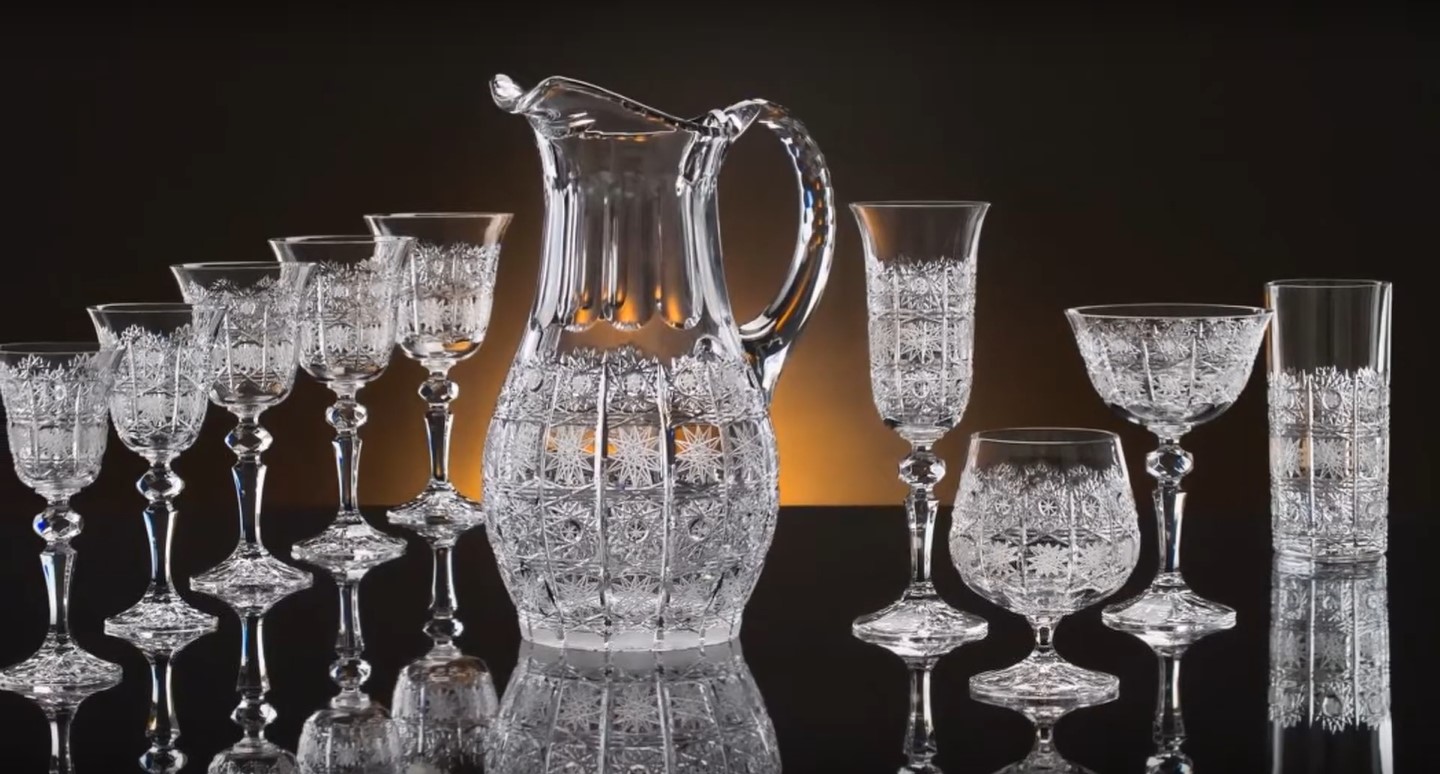
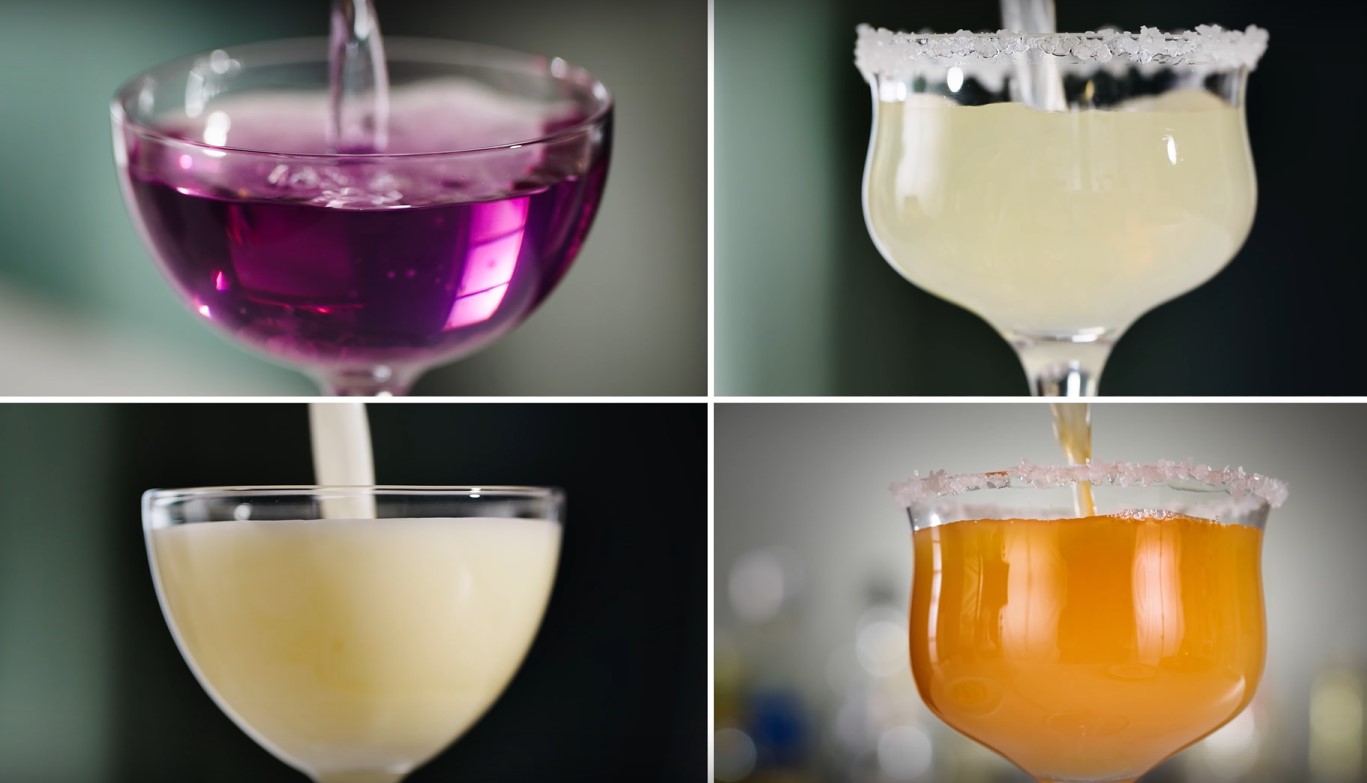
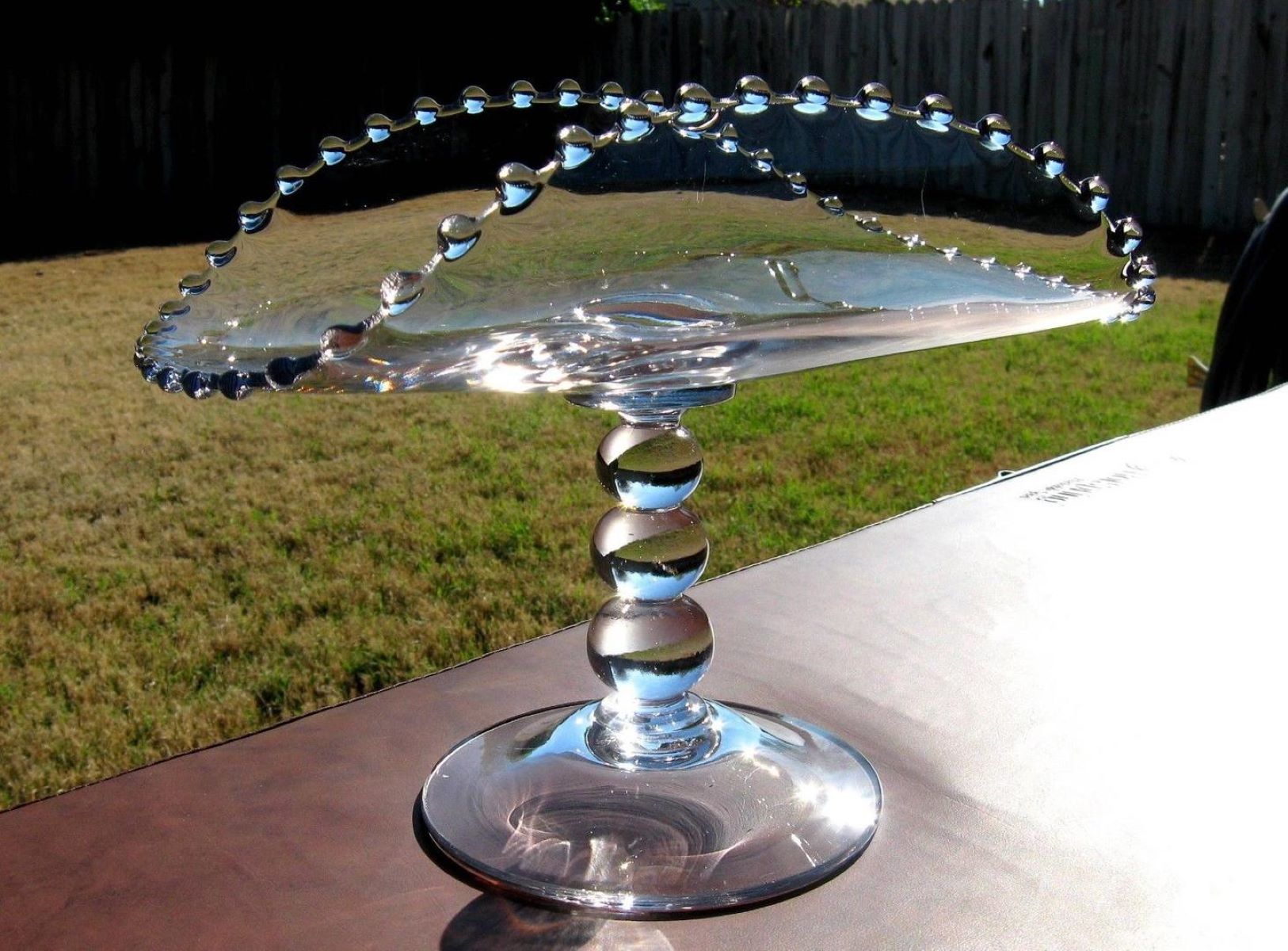
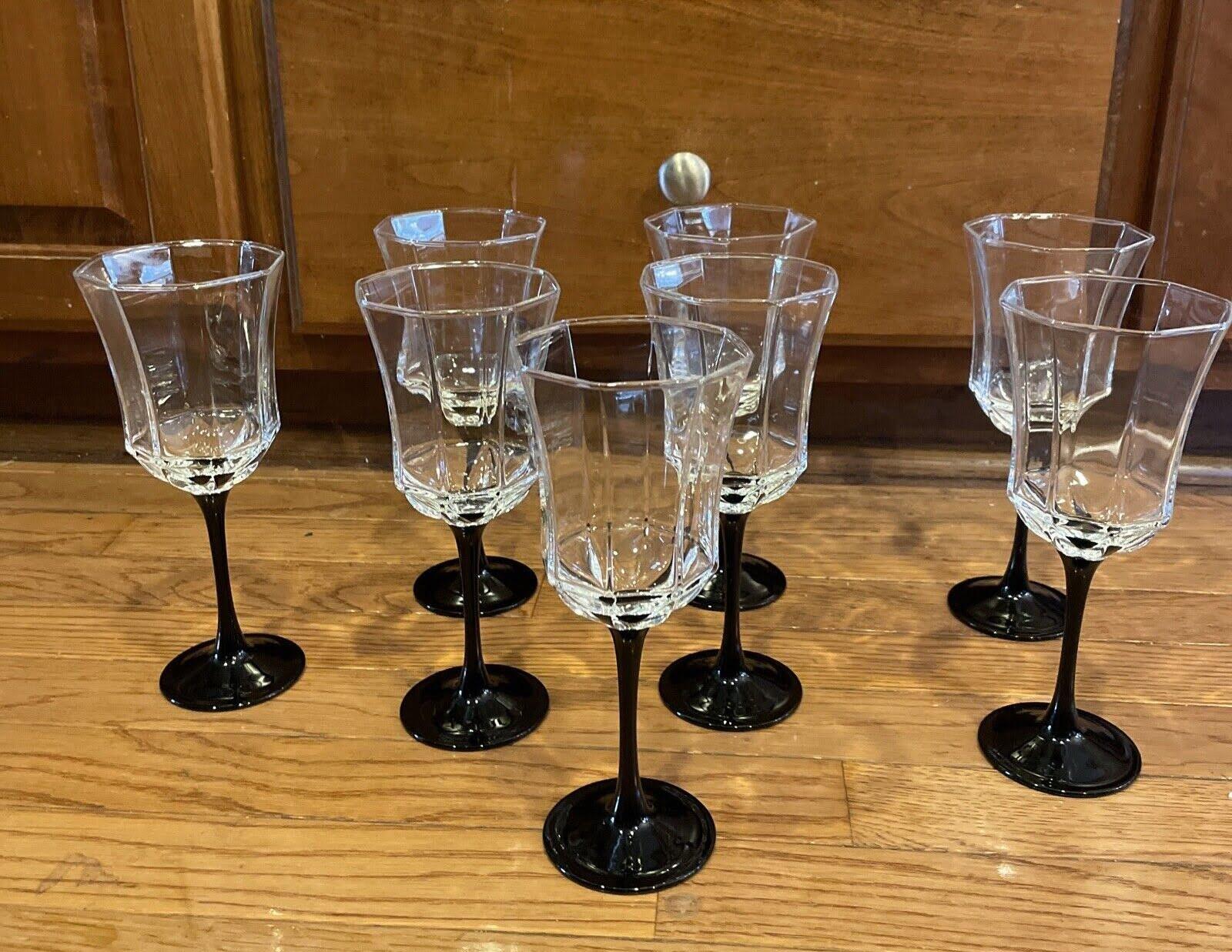
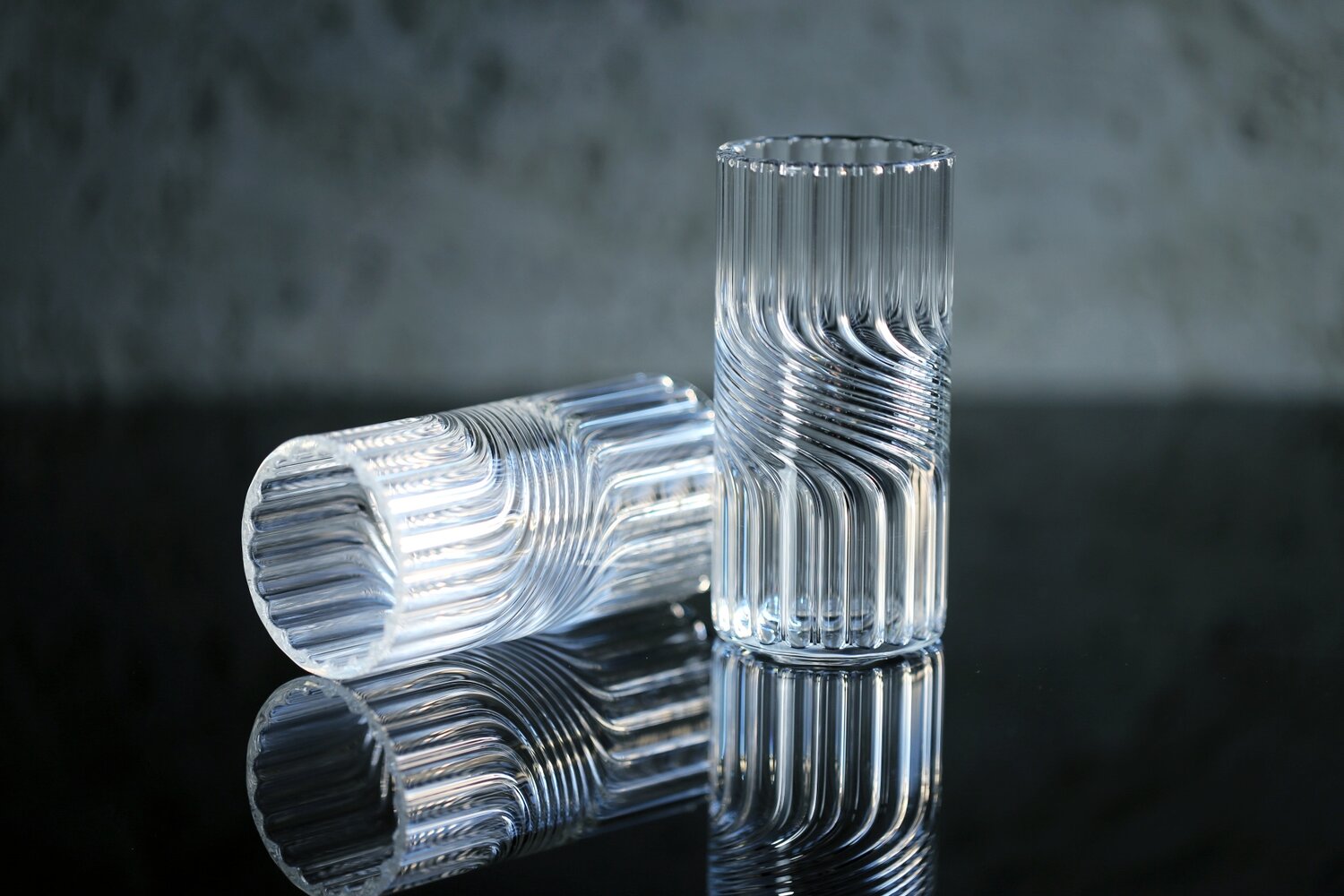
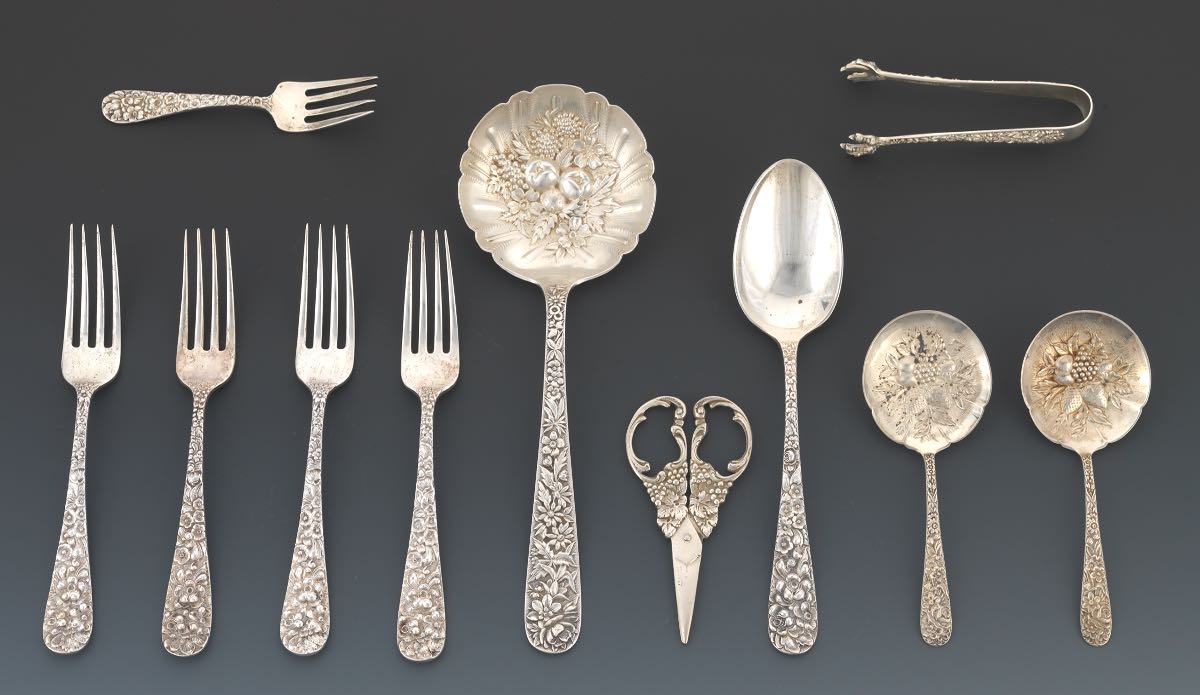
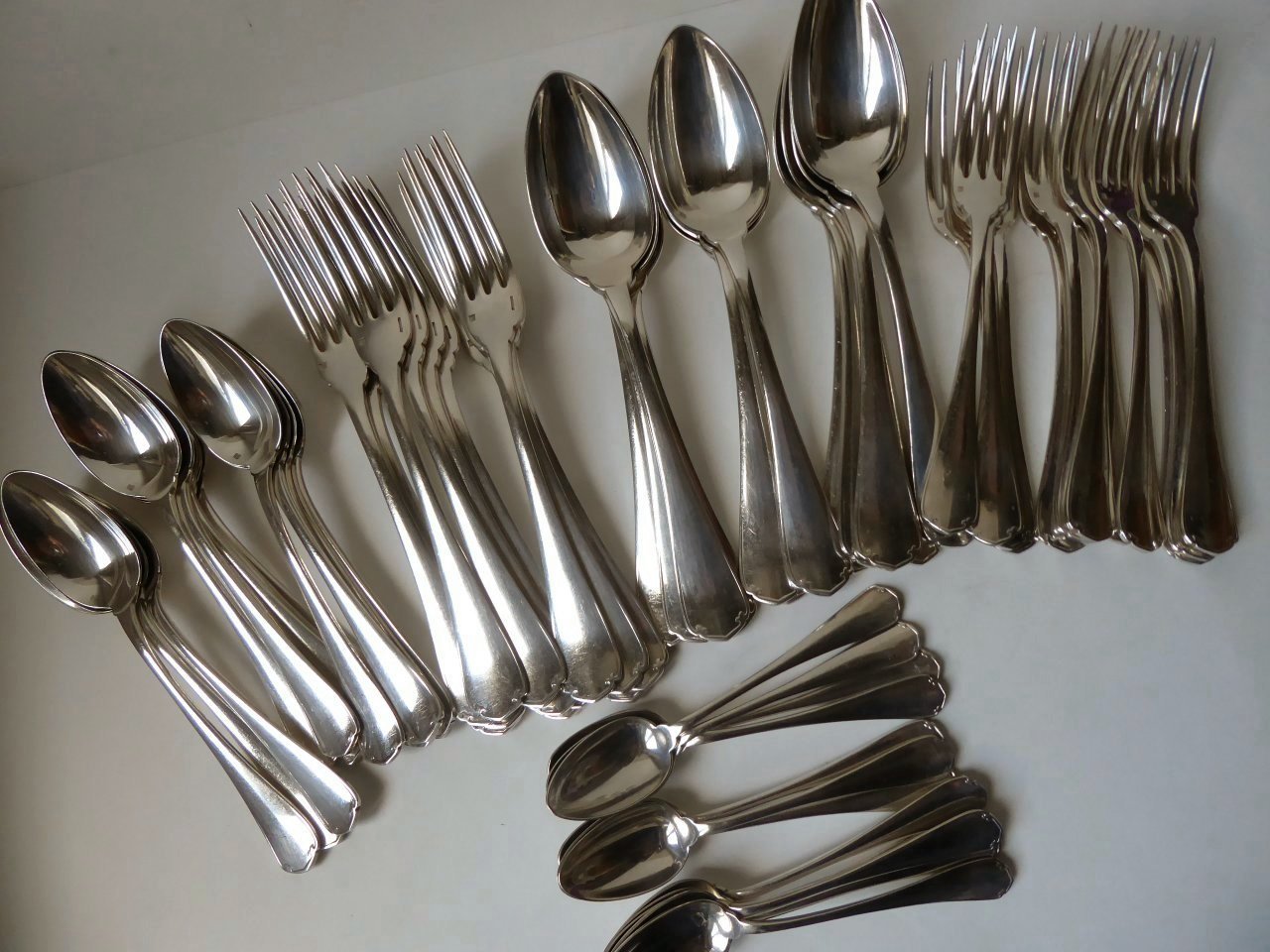
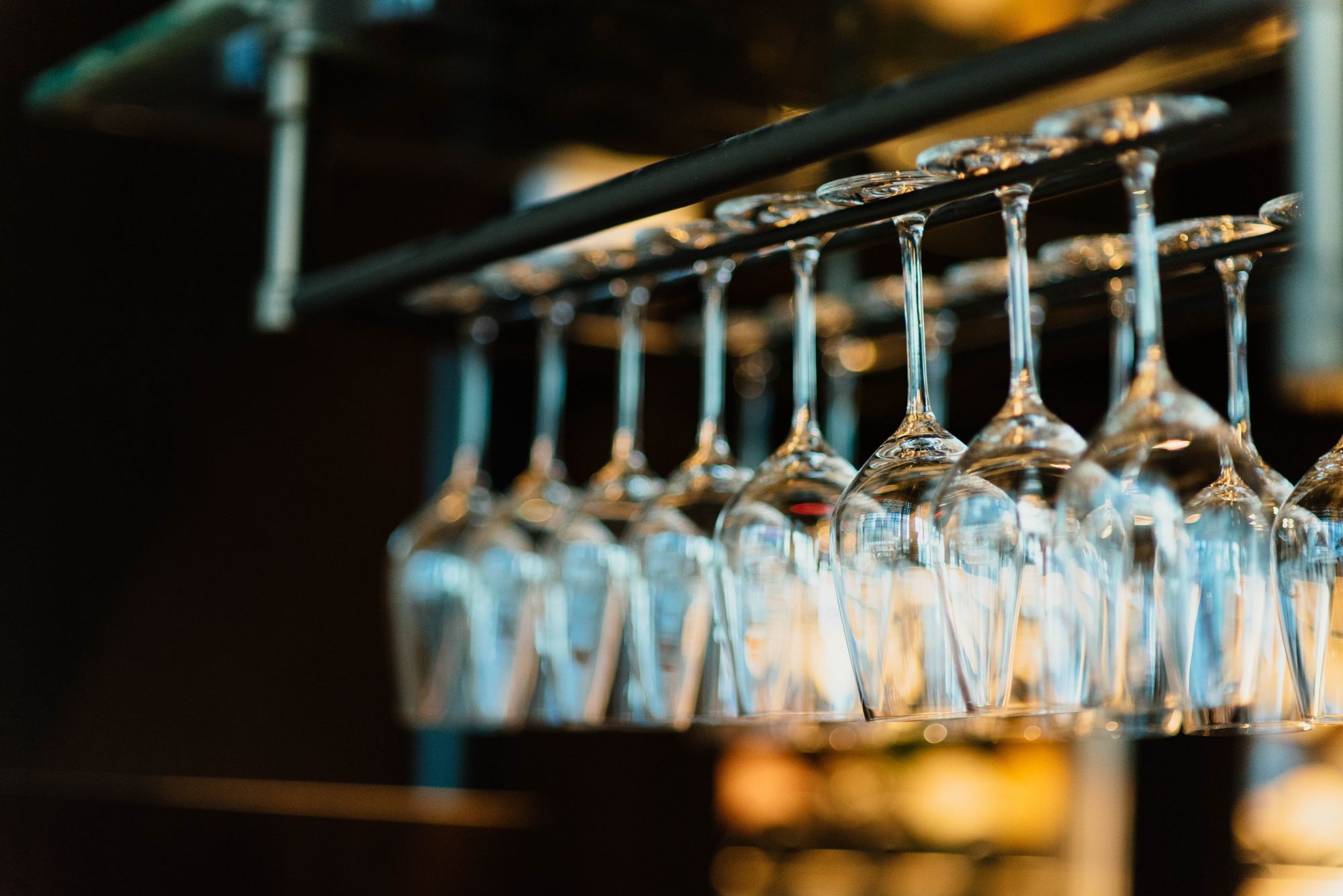
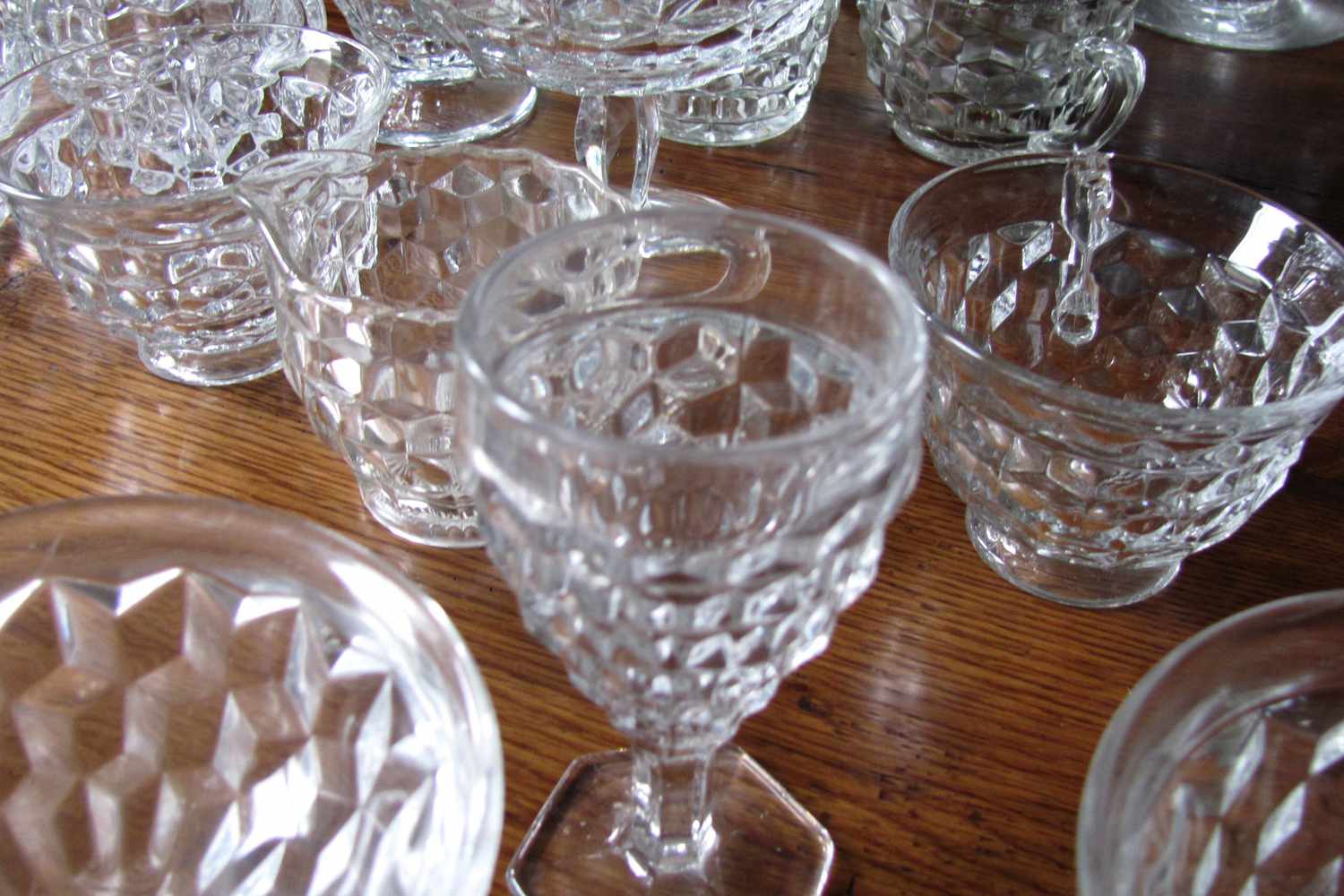
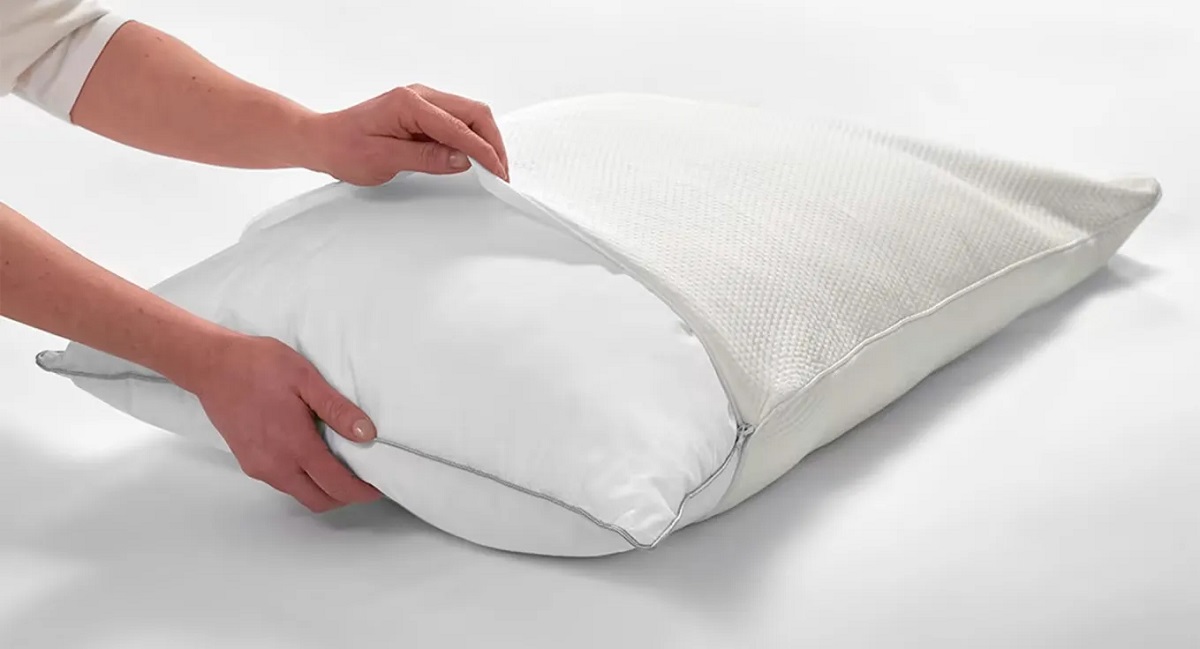
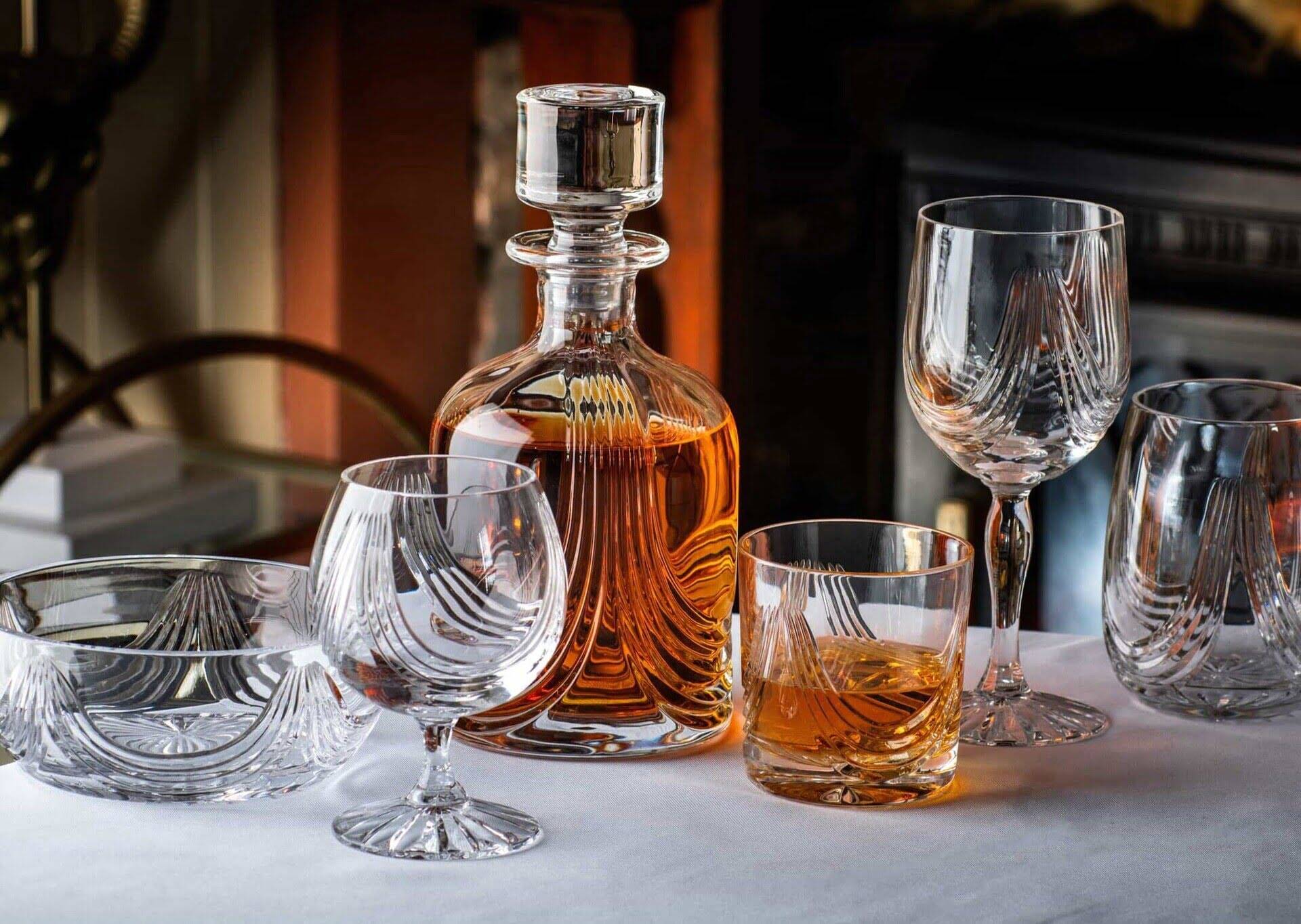
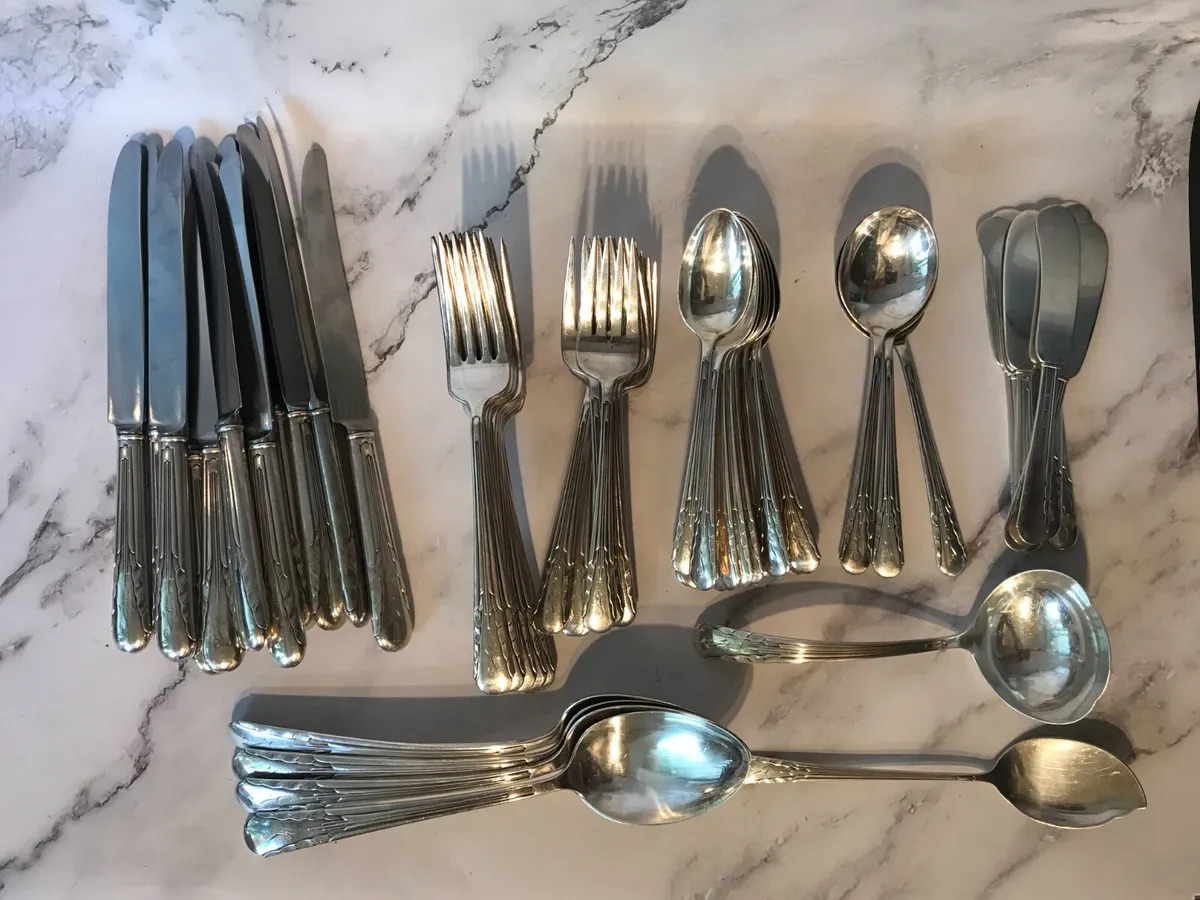
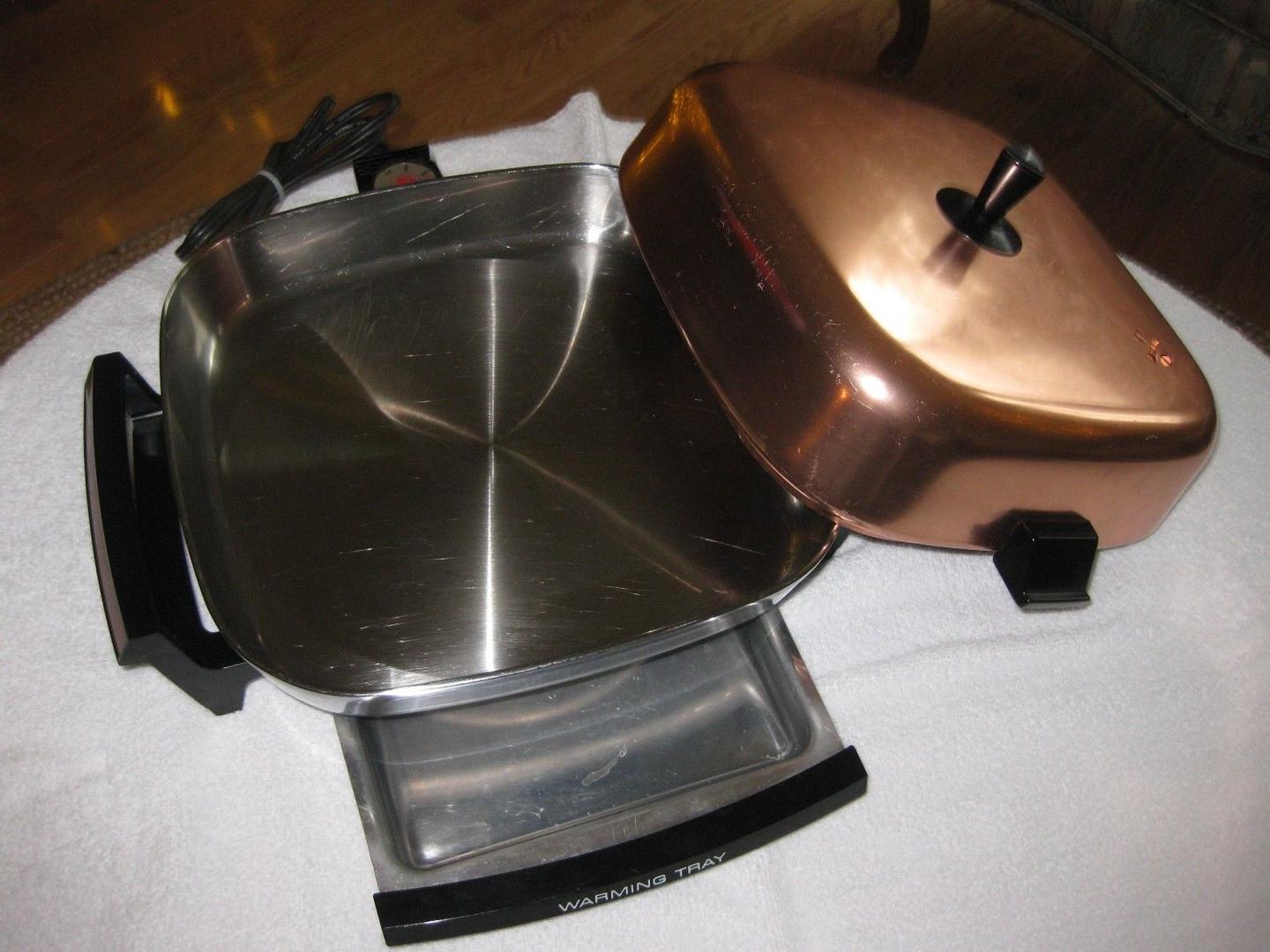
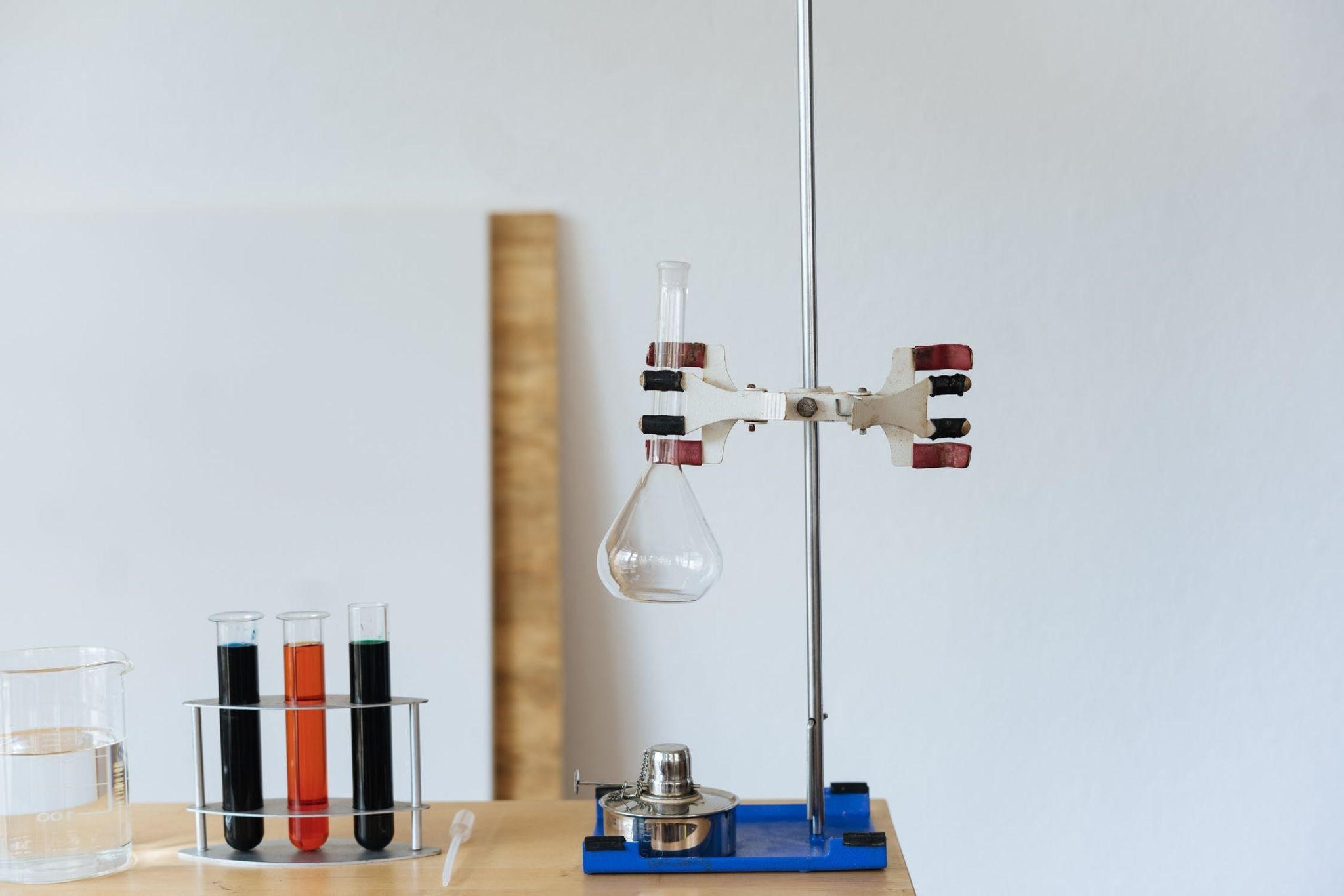

0 thoughts on “What Is Fostoria Glassware Worth”